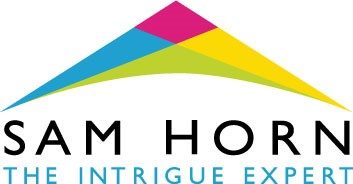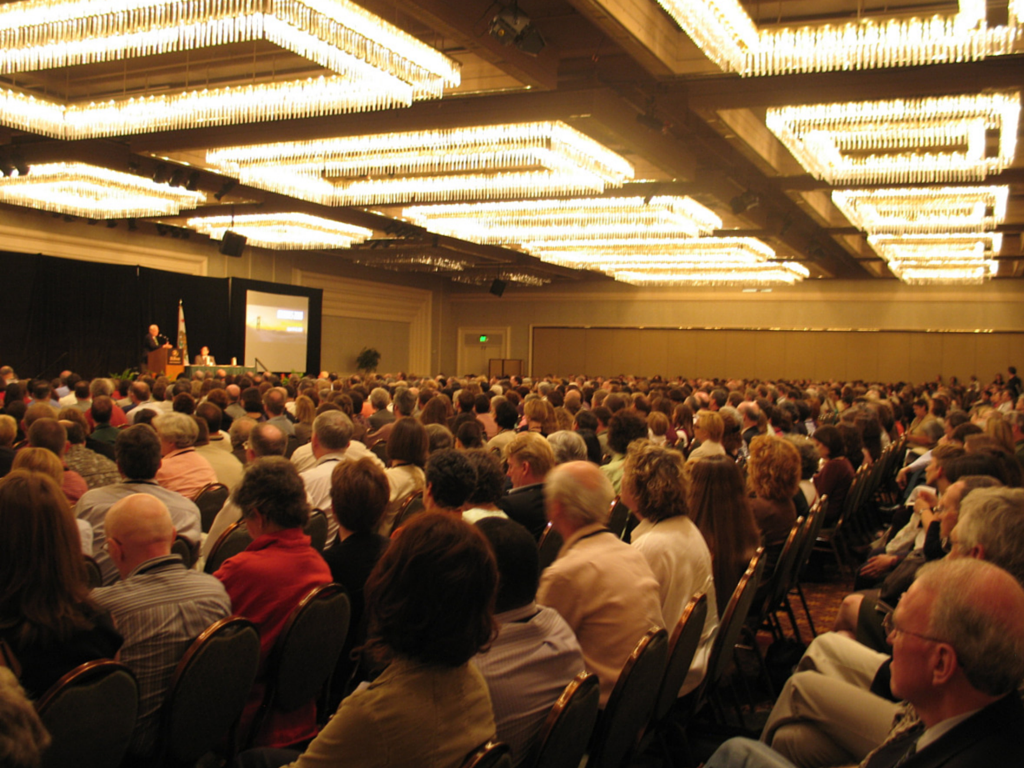
“I have found there is no substitute for paying attention.” – TV anchor Diane Sawyer
Unfortunately, in today’s culture of impatience and distraction, it can be challenging to motivate people to pay attention to our programs, events and conventions.
That’s one of the reasons Kate Mulcrone, Web Editor for PCMA – Professional Convention Management Association – interviewed me for their industry newsletter.
As Kate points out, meeting planners have their work cut out for them these days because of the shortened-attention-span of audiences.
Kate features a few of the ideas we discussed on how to engage busy, distracted participants in the article How to Grab Your Audience’s Attention in 60 Seconds or Less below that was in Convene magazine.
If you know someone involved in the meetings/convention industry, please share this with them.
I’ll be offering an in-depth webinar for PCMA on Wed. Nov. 12- that is open to the public – on how to boost attendance and audience engagement at events. To find out more, or to register, click here ….
The webinar introduces innovative ways to host interactive meetings that “put cheeks in the seats,” and that give everyone opportunities to connect, contribute and customize their user experience so it’s a bottom-line ROI for them and their sponsoring organization.
Would you like a program on this topic presented to your association leaders and corporate meeting planners?
Would you like to interview Sam for your newsletter on how to get busy people’s attention in 60 seconds or less?
If so, please contact us at Scott@IntrigueAgency.com. We look forward to hearing from you.
And thanks again, Kate, for a fun and fascinating interview. Hope everyone finds it intriguing and useful.
How to Grab an Audience’s Attention in 60 Seconds or Less (featured in Convene Magazine)
By Kate Mulcrone
With an audience’s emails, tweets, and texts competing for the attention they should be paying a speaker at a live event, engagement can seem like a moving target.
Sam Horn, communications strategist, executive coach, and author of Tongue Fu! Get Along Better With Anyone, Anytime, Anywhere and the upcoming Got Your Attention? How to Create Intrigue and Connect With Anyone, has several strategies for captivating an audience and immediately earning its respect. “If we don’t get their eyebrows up in 60 seconds, we’re going to lose them at ‘hello,’” she says in this month’s video for The Intersection: Where Technology Meets Inspiration, presented by PCMA and PSAV Presentation Services.
In an interview with Convene, Horn pointed to a recent joint report from the National Center for Biotechnology Information and the U.S. National Library of Medicine that puts the average human attention span at eight seconds — one second shorter than that of a goldfish — to show how quickly an audience’s attention can wander.
She encourages the speakers she coaches to do their homework before every talk, no matter how many times they may have already delivered it, in order to tell attendees something they don’t already know before the 60-second mark.
Another strategy she suggests is beginning a talk with a three-part question — asking an audience if they’ve read an influential article in The Wall Street Journal, discussed it with a friend or coworker, and then thought about how it might affect their company over the next six months, for example.
She also stresses the importance of “setting the scene” at the beginning of a talk, thereby creating context for the audience. A speaker should ground her talk by sharing where she was when she had her killer idea, realized her calling, or heard an anecdote that planted a seed. “Starting with ‘why’ can be vague or abstract,” she told Convene, “whereas starting with ‘where’ is visceral.”
In the video, Horn outlines her A.P.P. (audience, participation, presentation) formula to engage an audience and encourage in-session networking. She has a speaker begin with a startling revelation and address the audience for a mere six minutes. Attendees then break into small groups for another six minutes to discuss how they could make what they’ve just learned part of their business strategies. Next, several members of the audience take the stage for a six-minute share-out.
Horn runs through the cycle three times during an hour-long session. This allow attendees to network without having to make small talk. The focus in on sharing actionable takeaways from the meeting with their colleagues once they return to the office.
[photo via Flickr User grabadonut // Creative Commons]

